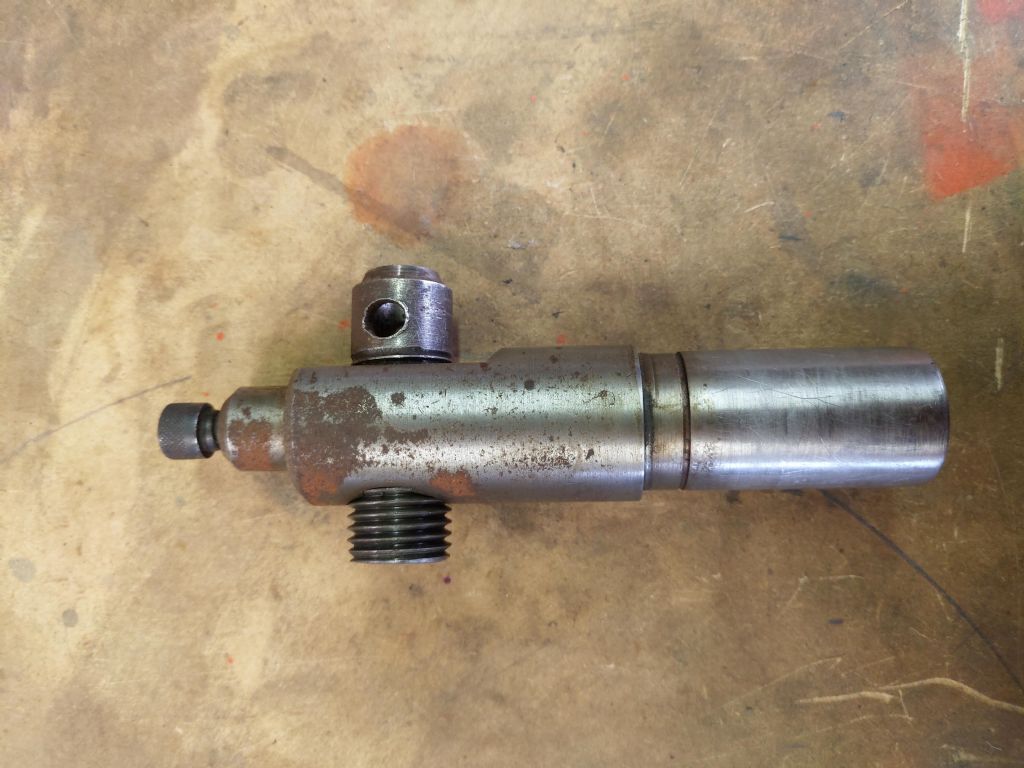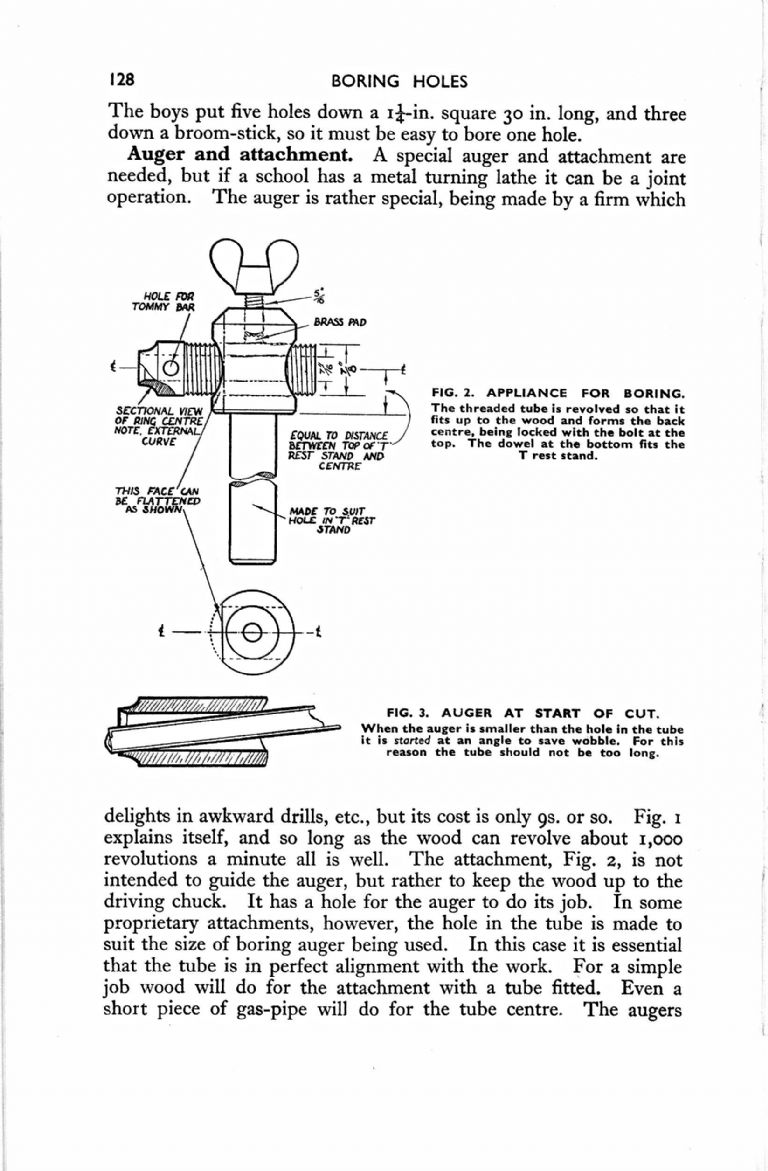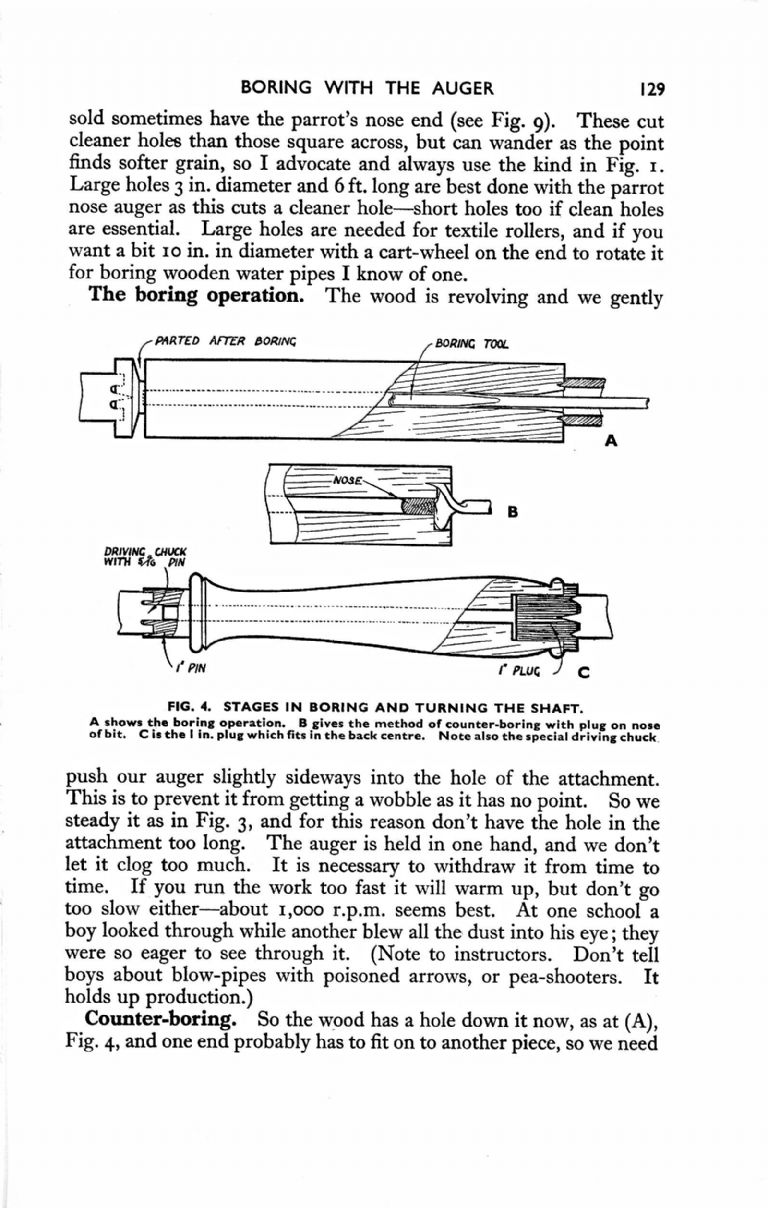Posted by Haggerleases on 26/05/2019 19:57:24:
Hello all.
Just a question on some of the early metal lathes. I understand that a lot of work was done 'between centres' on the early lathes. What sort of models or parts thereof would have been made by this method?
Also things like the Adept, Flexispeed, and so on, why would they have been purchased?, and what were people usually doing with them? It seems we take on a lot of quite rather complex projects these days, but many decades ago, what were model engineers expecting to do with these limited machines?
I think what was done with lathes was identical to what we do today. With a little ingenuity turning between centres or fixing jobs to a faceplate in various ways can achieve much the same as we would do with chucks. Modern conveniences usually let you work faster rather than pull entirely new tricks. For instance electric motors and VFDs make life easy, but treadles or even a bow-string will turn a spindle.
Lathes were far more commonplace a hundred years ago. It was a mechanical world. Loads of line-shafts, steam engines, trams, conveyor belts, plumbing, and a host of unreliable mechanical devices we've replaced with electronics. As most villages had a smithy, so most workshops, factories, garages, coal-mines, clockmakers, mill-wrights, locksmiths and factories had lathes. We've got used to bearings that last a life-time or are simply replaced. Back then, most machines were fitted with plain bearings needing constant maintenance for which a lathe was essential.
My 1919 Model Engineer magazine suggests readera then were more interested in lathes for engineering than model making. Bicycles, cars, motor bikes, dynamos, wireless, aircraft, turbines, you name it. Probably a much higher percentage of Model Engineers were of working age or professional metalworkers than we are today.
Dave
ega.







